On the Hunt for Rare Vintage Jewelry and Natural Diamonds
One of the world’s preeminent dealers reveals his new acquisitions and the most coveted diamonds.
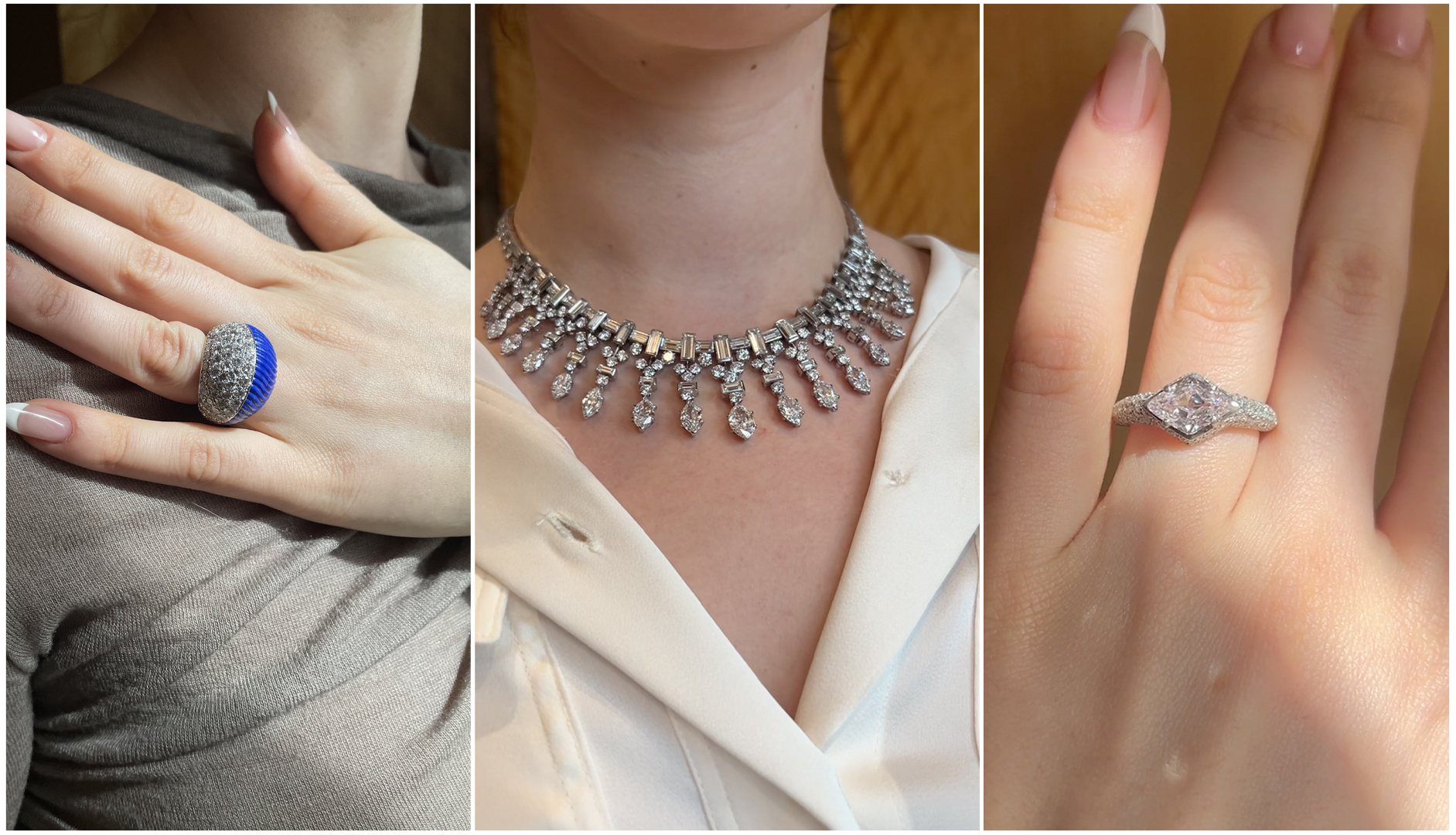
Lee Siegelson holds up one of his favorite new acquisitions, an Art Deco rose-pink natural diamond ring designed by Cartier in the 1930s in its original box. “You can find a better stone on paper that is more intense in color or larger,” he says. “But you won’t find anything this sweet and pretty.” I would have to agree. He pulls out the ring’s original sketch, which illustrates the unusual lozenge-shaped rosy-hued diamond floating on a bed of tiny twinkling white diamonds.
As one of the world’s preeminent estate jewelry dealers, Siegelson has curated a collection of rare period diamonds and jewelry that speaks to what people want today. “With older jewelry, it’s tough finding that sweet spot that is vintage and yet still stylish and cool,” he says. He nailed that sweet spot.
When he can’t find what he wants, he resets beautiful vintage stones in timeless, minimalist styles, and occasionally sources newly cut natural diamonds for his signature designs.
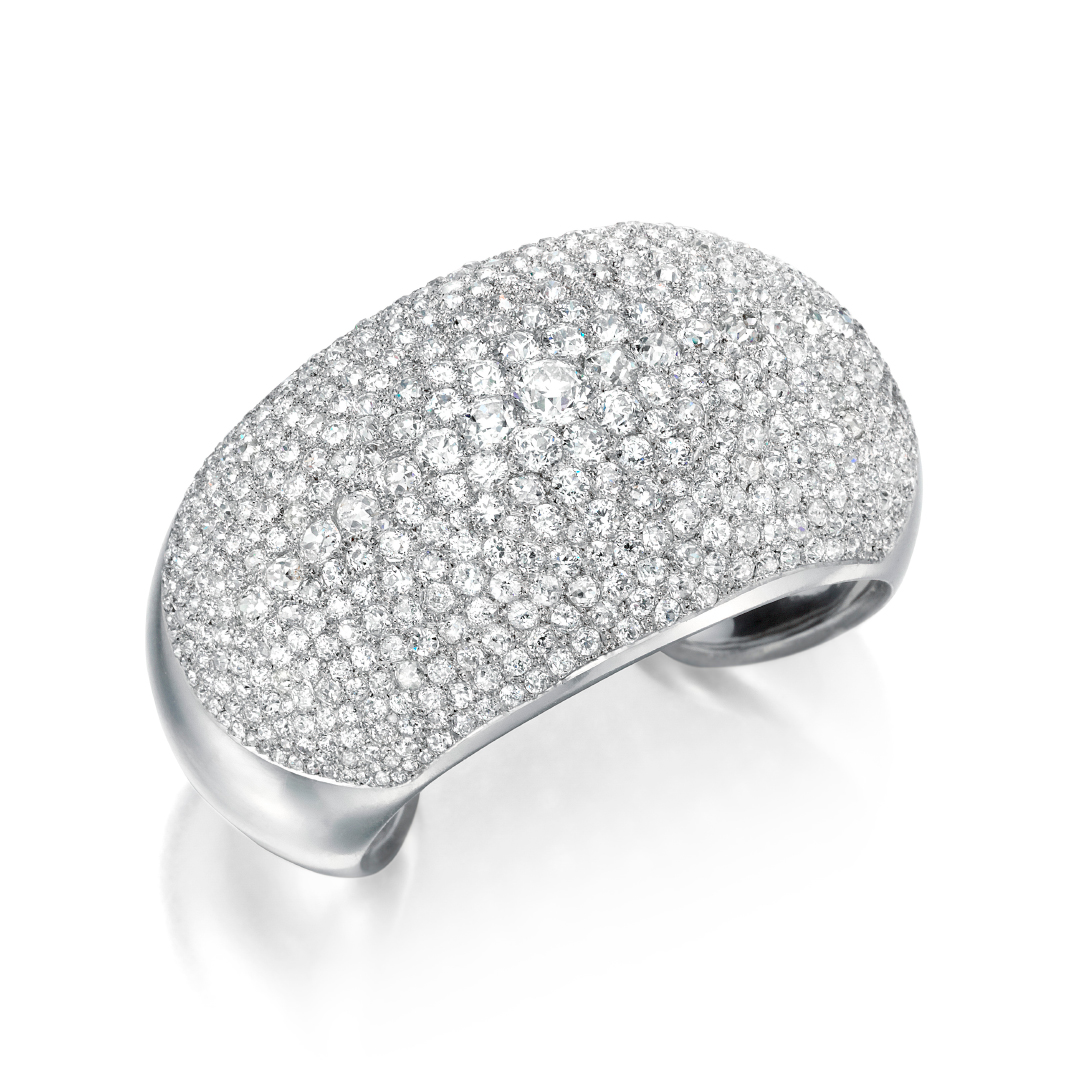
Since taking over the business his grandfather founded in New York City in 1920, Siegelson has handled some of the finest jewelry masterpieces of the 20th century, including the best examples of Cartier, Van Cleef & Arpels, Suzanne Belperron, and René Boivin, along with rare Golconda diamonds (the highest quality). The challenge, he says, is tracking down the most coveted stones and jewels. When a magnificent signed masterpiece or dreamy old cushion-cut diamond becomes available anywhere in the world, Siegelson needs to act fast because it won’t come around again.
Sitting down in Siegelson’s elegant New York office, which is appointed with masterpieces like the Cartier Mystery Clock on his desk, he opens the safe to share some of his rare treasures with OND.
Only Natural Diamonds: What’s most popular in natural diamonds today?
Lee Siegelson: Hands down, clients looking for diamond jewelry want charming antique-cut stones. Increasingly they are looking for gold settings with clean lines and refined design. Our 10-carat cushion-cut diamond is a perfect example. The minimalist design exudes quiet luxury and requires impeccable construction.
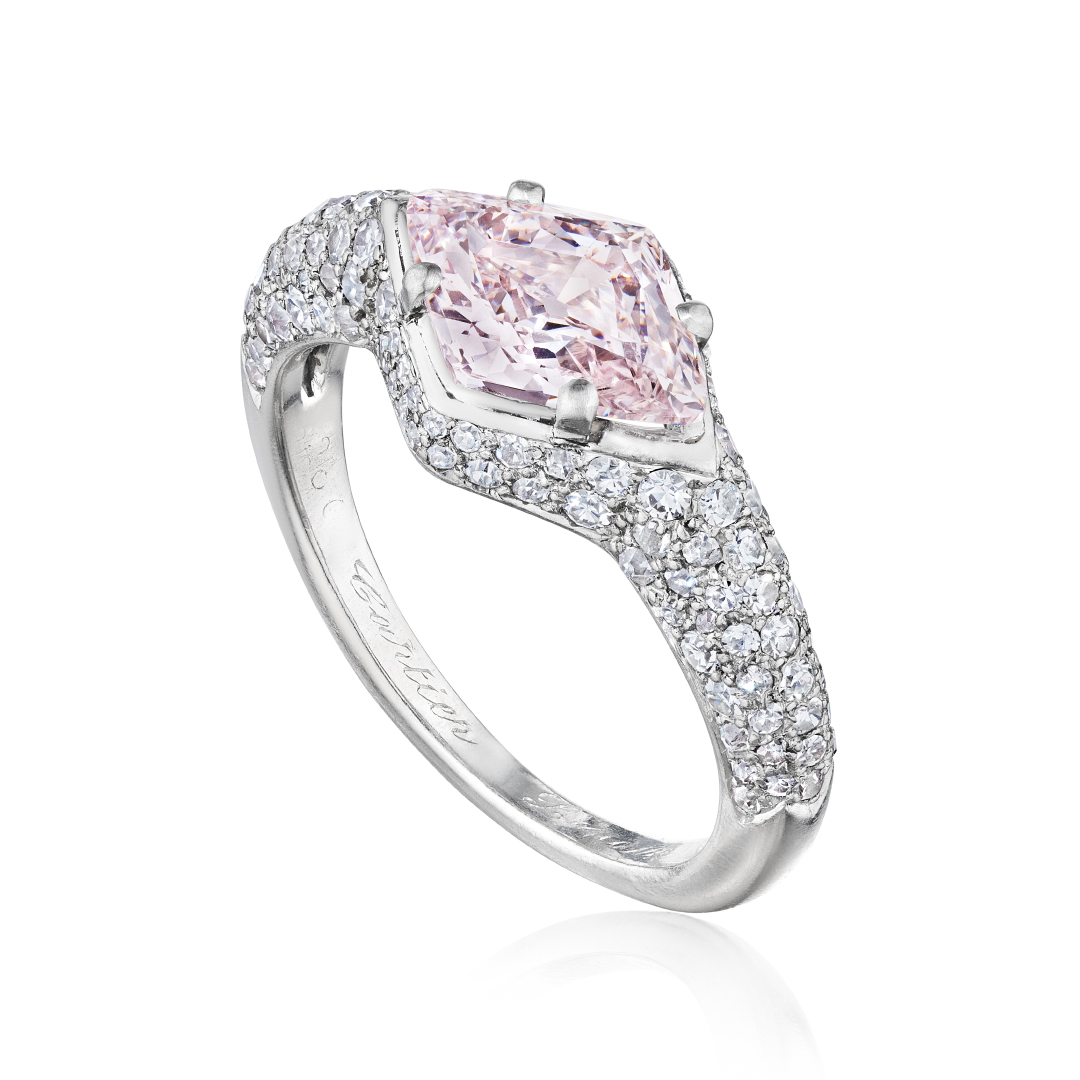
OND: What are some of your favorite pieces?
LS: It is difficult to choose, each piece in my collection has been thoughtfully acquired. I love the Art Deco rose-pink diamond ring by Cartier, circa 1930. Sweet and romantic, it is the perfect engagement ring. The Van Cleef & Arpel’s necklace from the 1940s is an incredible masterwork of French design that perfectly used varied stone cuts in a geometric design. Nothing compares to a great Golconda diamond ring like our 20-carat piece. Just a glance draws you into the beauty of the stone.
OND: What’s the hardest diamond or jewels to get right now?
LS: Original antique-cut diamonds are hard to find. They were hand cut and have a charm in their handcrafted asymmetry that can’t be replicated with modern laser cutting. Stones in their original vintage mounting, like the rose-pink by Cartier, checks all the boxes.
OND: When did you fall in love with older stones and jewelry?
LS: The business started in 1920 as a watch repair and then moved into diamonds and estate jewelry. When I took over from my father, I didn’t know much about vintage, but the more I saw, my taste evolved. When you start collecting different things, your tastes change and over time, I got a feeling and deep appreciation for the older pieces; they spoke to me.
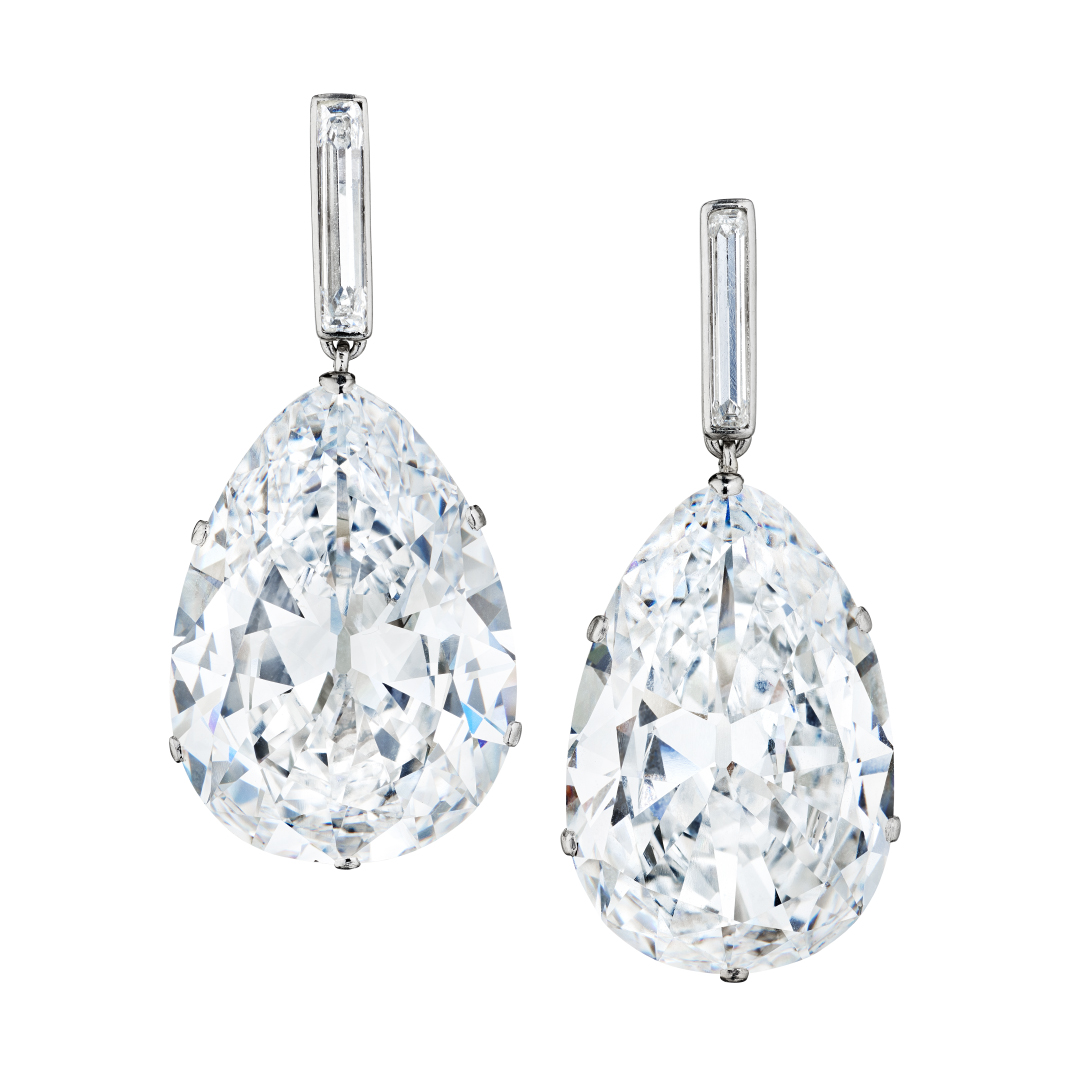
OND: What was your first big diamond purchase?
LS: It was a 50-carat radiant-cut yellow diamond. That was in 1993 or 1994, and I think I paid about $500,000. At the time, it was the most I paid for anything. It’s not something that I would buy today. It was a modern cut, and my taste has evolved.
OND: What’s the most important jewel you’ve handled?
LS: The Vanderbilt rose brooch. [Made in 1855 by the French jeweler Mellerio for Empress Eugénie, who was Napoleon Bonaparte’s niece. It had a big influence on me. It is an incredibly complicated piece of jewelry with chunky greenish-colored diamonds that you couldn’t find today. And the scale and construction of it are just incredible. If you saw someone wearing it today at the Oscars, it would look like a $25 million jewel. It’s just the most incredible piece.
OND: What’s the one that got away?
LS: A ring in the Doris Duke sale at Christie’s in 2002. It was the most beautiful, D flawless elongated step-cut diamond. I lost the bid to a New York woman, and I’ve seen her wearing it. [It was a 19.72-carat rectangular-cut diamond ring by Tiffany & Co. circa 1935. It sold for $1,261,900 in 2002.]
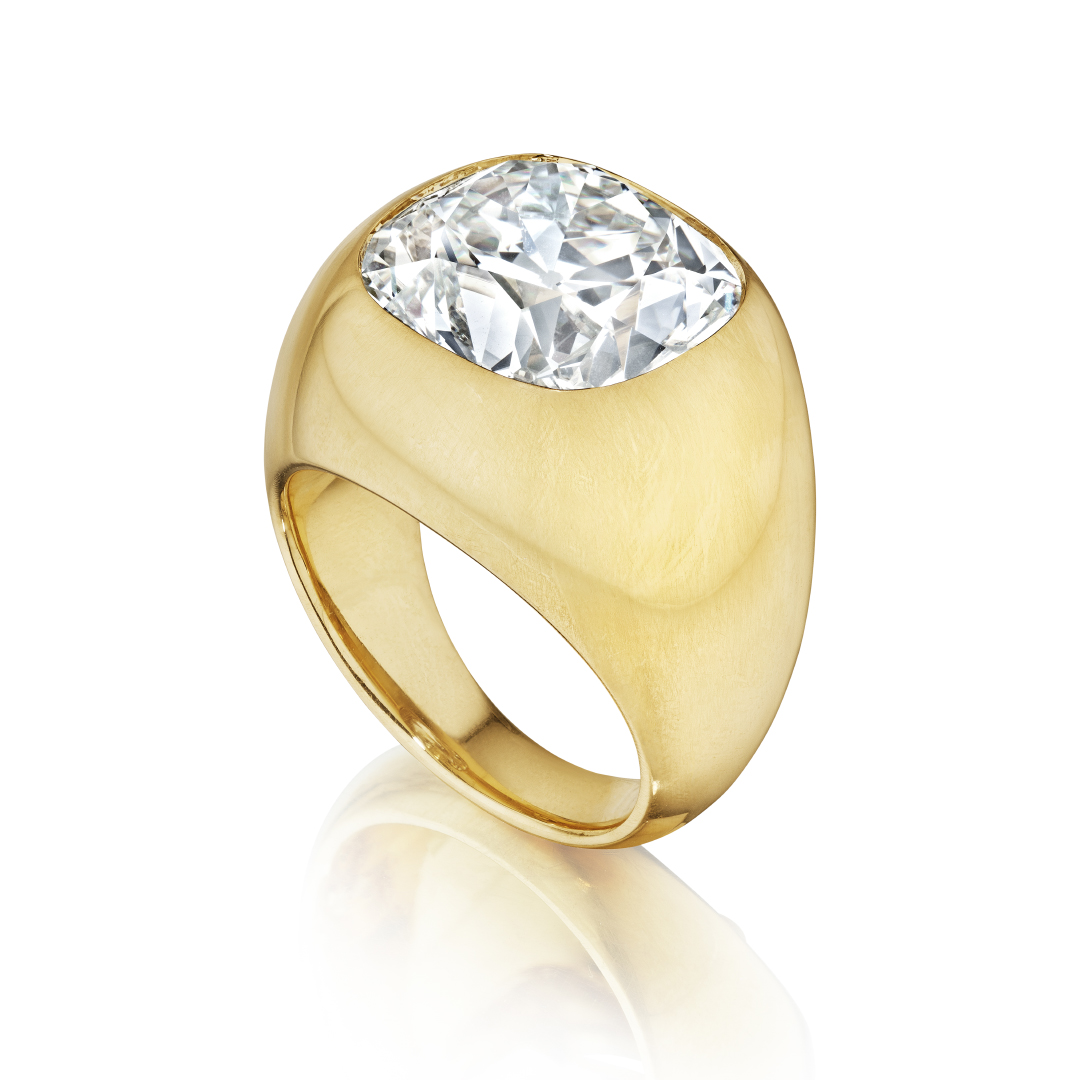
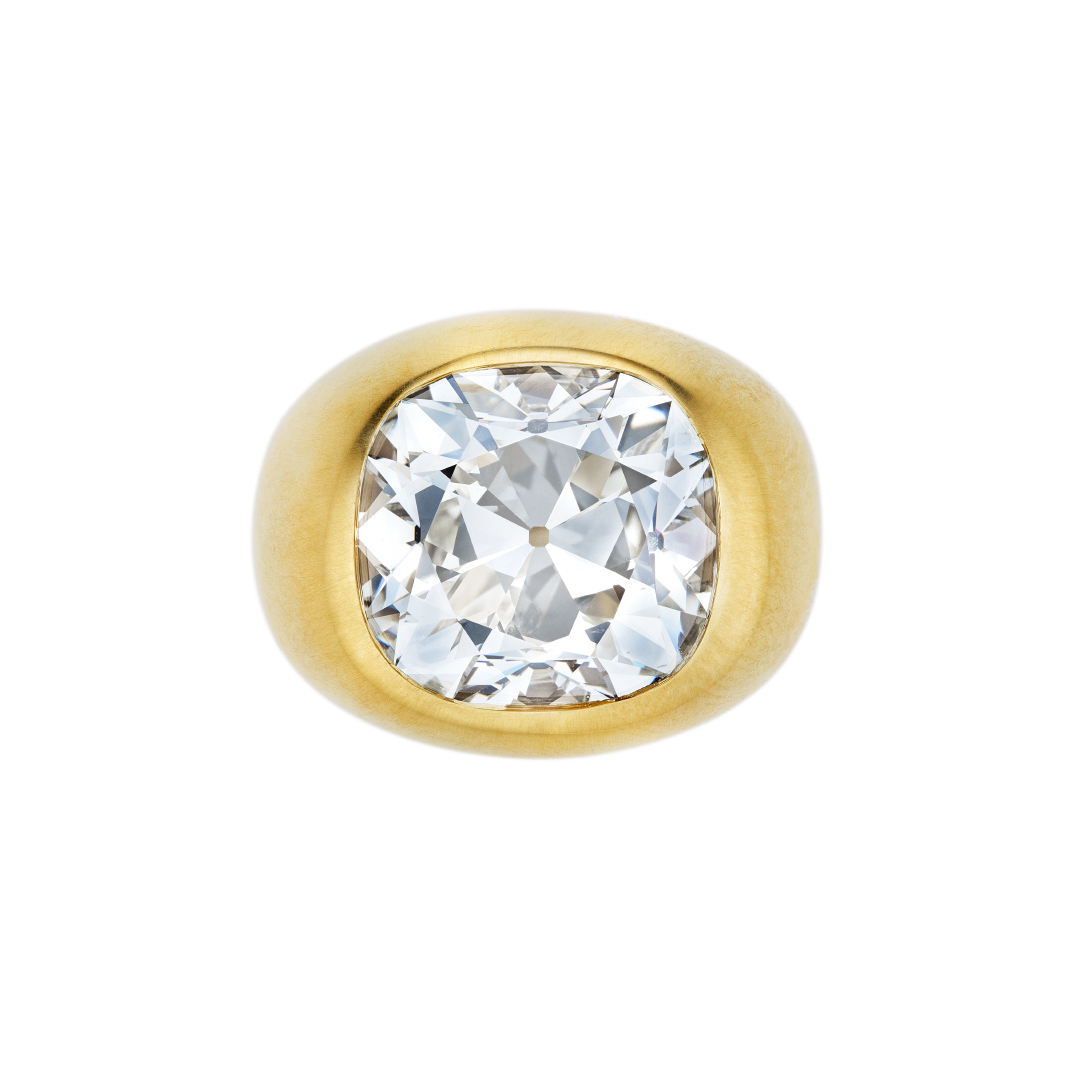
OND: Have you found anything like it?
LS: I recently purchased a 19.71-carat DVS diamond which is the closest to Duke’s diamond that I have been able to find.
Twenty years after the Doris Duke auction, Siegelson still thinks about the diamond ring that got away. That’s the life of a preeminent estate dealer, you are always chasing after the best of the best.
